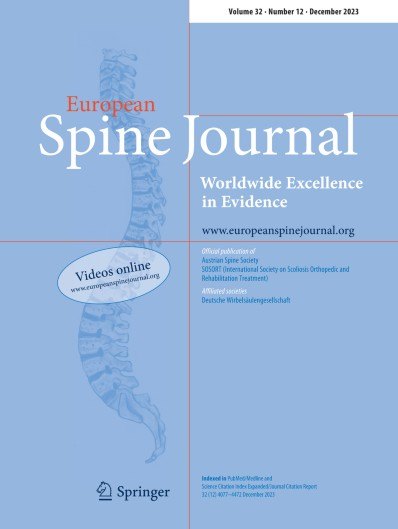
No added effect of therapeutic NMR to standard treatment for pain in herniated lumbar disc

No added effect of therapeutic NMR to standard treatment for pain in herniated lumbar disc
Nuclear magnetic resonance therapy in lumbar disc herniation with lumbar radicular syndrome: effects of the intervention on pain intensity, health-related quality of life, disease-related disability, consumption of pain medication, duration of sick leave
Eur Spine J. 2015 Jun;24(6):1296-308Did you know you're eligible to earn 0.5 CME credits for reading this report? Click Here
Synopsis
108 patients with lumbar disc herniation and lumbar radicular syndrome were included in the study. Patients were randomized to receive therapeutic nuclear magnetic resonance (tNMR) or to receive a sham in addition to standard treatment. The trial was conducted in order to assess the efficacy of tNMR in improving pain, function, and overall quality of life in affected individuals. Active and sham t...
To view the full content, login to your account,
or start your 30-day FREE Trial today.
FREE TRIAL
LOGIN
Forgot Password?
Explore some of our unlocked ACE Reports below!

Learn about our AI Driven
High Impact Search Feature
Our AI driven High Impact metric calculates the impact an article will have by considering both the publishing journal and the content of the article itself. Built using the latest advances in natural language processing, OE High Impact predicts an article’s future number of citations better than impact factor alone.
Continue



 LOGIN
LOGIN

Join the Conversation
Please Login or Join to leave comments.